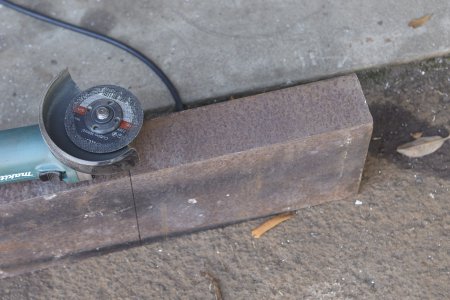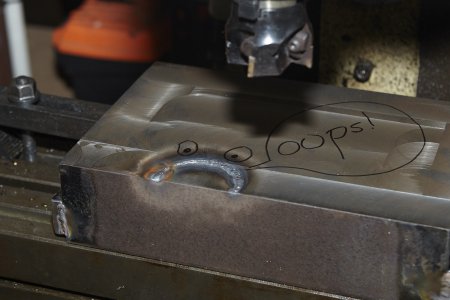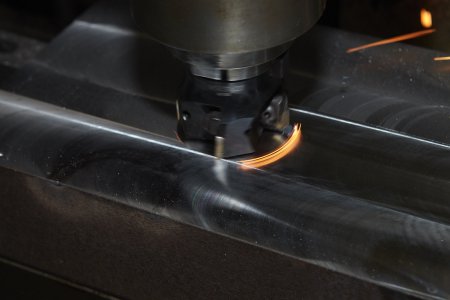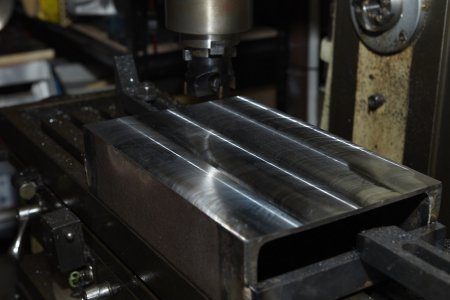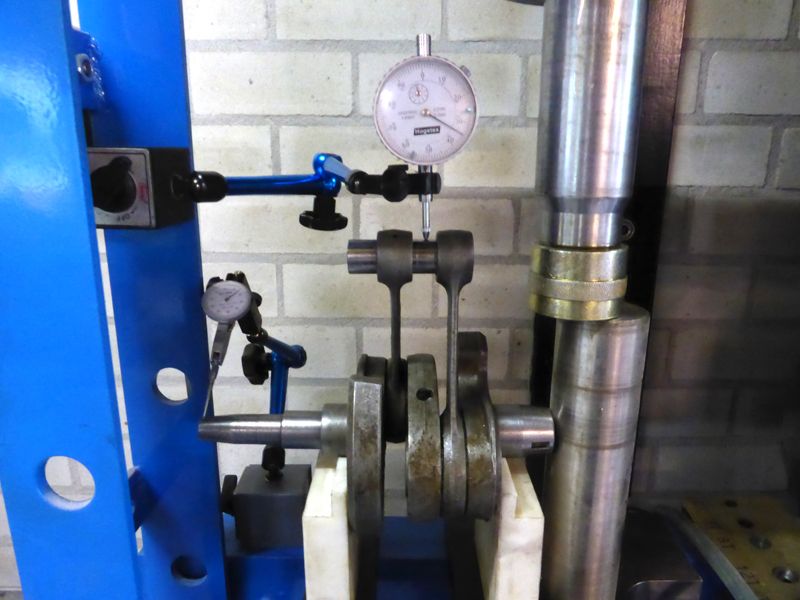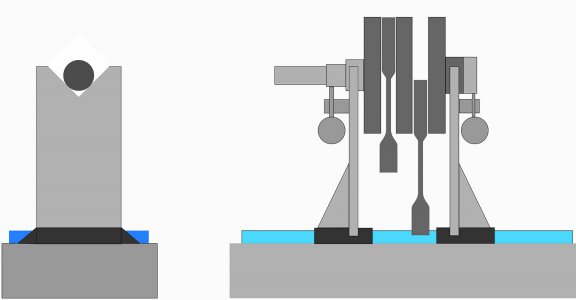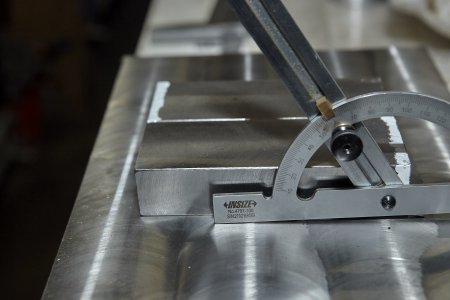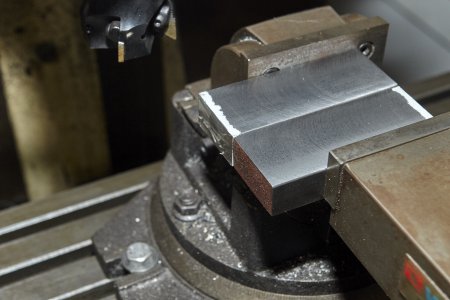- Joined
- Jun 7, 2016
- Messages
- 361
DAY ONE
We have a couple of 1960 vintage BMW motorcycles. I want a crankshaft trueing stand so that eventually I can press the old cranks apart and rebuild them. In the short term this stand when completed will permit me to check cranksahfts sources from elsewhere and confirm their alignment.
Day one was get the base machined off. I was quite happy with the result.
Mal
We have a couple of 1960 vintage BMW motorcycles. I want a crankshaft trueing stand so that eventually I can press the old cranks apart and rebuild them. In the short term this stand when completed will permit me to check cranksahfts sources from elsewhere and confirm their alignment.
Day one was get the base machined off. I was quite happy with the result.
Mal


